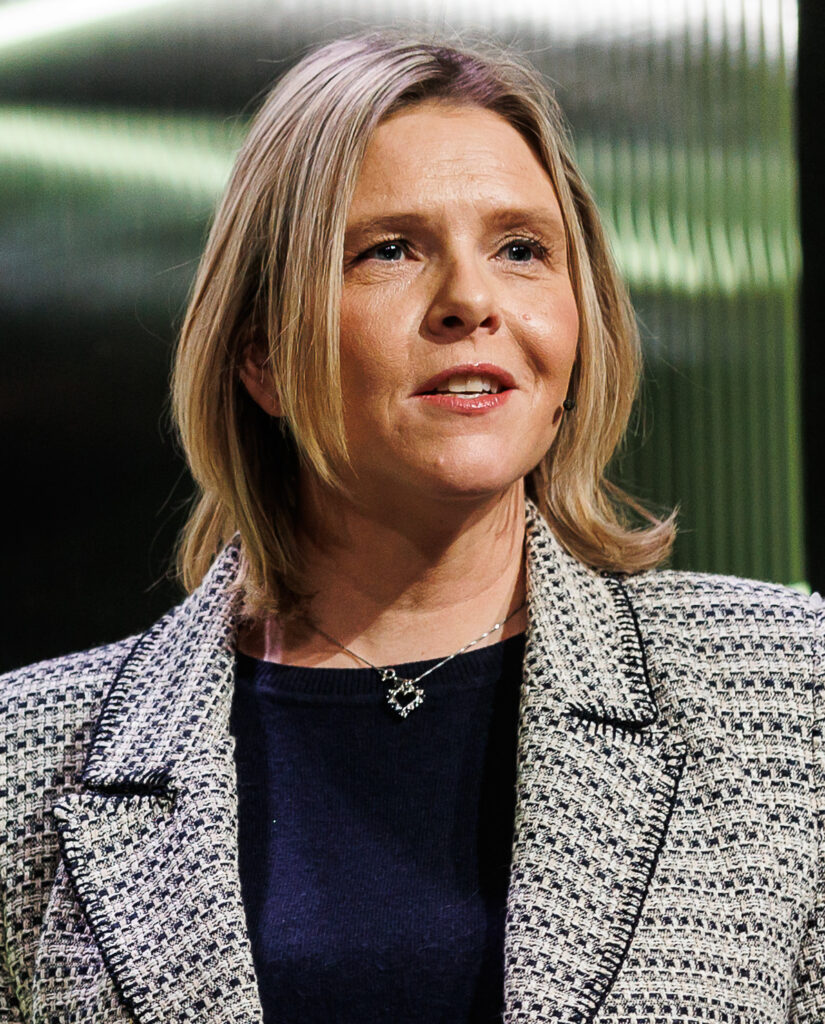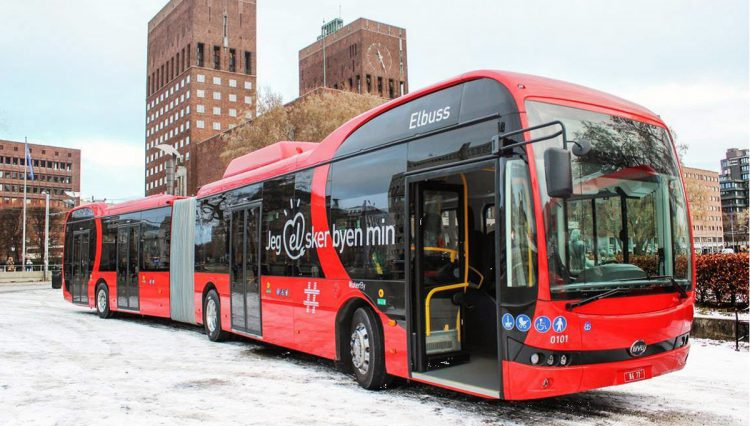In late 2023, during winter, a series of buses experienced complications and failures that slowed down the public transport system in Oslo, the city where most of these vehicles are electric.
The historically low temperatures recorded in the country’s capital supposedly halted the operation of 90 units.
Consequently, various stakeholders have questioned the ability of zero-emission vehicles to cope with extreme climates and operate optimally.

“They can’t keep buying electric buses when we see what we’ve been through,” stated Sylvi Listhaug, member of parliament for the Progress Party.
“They have to consider hybrid units, hydrogen ones, and yes, even diesel buses are being used today because electric ones fail,” she added.
Furthermore, she explains that the autonomy is decreasing and that more time is needed to charge the batteries.
In this context, Listhaug stated: “The government needs to withdraw the regulation that has been enforced from the new year, which demands that only zero-emission units should be purchased within certain classes of buses. They have to observe the problems they are facing and realize that it won’t work.”

However, far from agreeing with this stance, eMobility sector actors indicated that low temperatures would not be a problem exclusively for EVs.
“Sylvi should remember that extreme weather and a large amount of snow caused problems when buses ran on diesel in 2015,” explained Arild Hermstad, leader of the Green Party.
To learn more details about this issue, Mobility Portal Europe spoke with Sveinung Kvalø, Senior Advisor of the Norwegian Electric Vehicle Drivers Association (Norsk elbilforening).

“We have proven the opposite,” acknowledged Kvalø.
In this sense, far from being a problem for the operation of eBuses, the Senior Advisor explained that “many operators and drivers are inexperienced with these units and need a few winters to gain experience and learn.”
It is worth mentioning that the country’s capital replaced almost all public transport units with EVs.
“Oslo has replaced almost 500 combustion buses with electric ones,” Kvalø states.
While there is no doubt that Norway is a leading country in advancing towards electromobility, there is still a long way to go.
“We still need to make emission vehicles more expensive,” indicates the representative of Norsk elbilforening.
According to data from the last quarter of 2023, electric vehicles accounted for 23.6 per cent of Norway’s total passenger car fleet, with 675,503 units in circulation, while Plug-in hybrids represented an additional 7.1 per cent with 203,323 units.
Therefore, the total electrified vehicles made up 30.7 per cent of the norwegian national fleet.
On the other hand, Kvalø acknowledges the changes in the practices and habits of business groups in the automotive sector as a milestone.
“Some companies are no longer selling emission vehicles. And that’s a policy of the firms themselves,” he explains.
“It is really encouraging to see renowned brands join this initiative. Hyundai, for example, started in January 2023. And this year Volkswagen and Lexus joined the list,” details the representative.
It is worth remembering that Norway has set targets to become the first country with new car sales that are entirely emission-free by 2025.
Is this goal achievable?
The fact is that, with an 82.4 per cent market share of electric vehicles in 2023, Norway is the country that has achieved the highest penetration of low and zero-emission cars among drivers.
Although with an uneven distribution among countries, the average market share in the European continent was 14.6 per cent according to European Automobile Manufacturers’ Association (ACEA) data.
Thus, Norway ranks first by a wide margin over its nerighbors.







